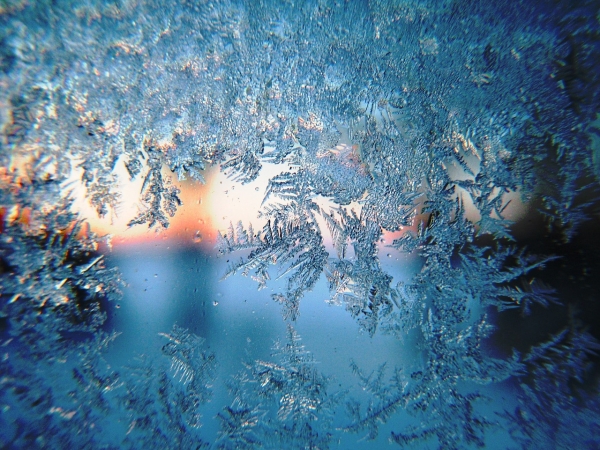Events in the stratosphere are making long-range weather in Northern Europe easier to forecast, researchers at LMU have discovered.
Events in the stratosphere are making long-range weather in Northern Europe easier to forecast, researchers at LMU have discovered.
Weather is a chaotic system and predicting weather conditions several weeks in advance poses considerable challenges. The accuracy of such long-range forecasts remains generally quite low. Accordingly, even moderate improvements can prove valuable for various sectors. For instance, farmers rely on these forecasts to determine optimal sowing and harvesting times, energy providers use them to anticipate fluctuations in renewable energy production, and public health officials use them to prepare for outbreaks of diseases such as malaria or dengue fever, which are correlated with specific weather conditions.
Researchers at LMU are now investigating a phenomenon that has its origin in the stratosphere, the layer of our atmosphere situated 15 to 50 kilometers above our heads. “Previous work has shown that during Northern winter the state of the circulation in the polar stratosphere may provide useful information for improved long-range forecasts, especially for weather over the North Atlantic and Eurasia,” explains Thomas Birner, Professor of Theoretical Meteorology at LMU. In particular, when the polar vortex (a band of strong eastward circumpolar flow at stratospheric levels) strongly weakens or breaks down, the North Atlantic jetstream tends to shift southward and the likelihood of cold spells over Eurasia increases. Such vortex breakdowns are relatively rare events that only happen approximately every other winter. But its time has come round again: “One such event is currently unfolding with corresponding expected impacts on Eurasian weather in the coming weeks.”
Read more at Ludwig-Maximilians-Universität München
Photo Credit: suesnyder722 via Pixabay




